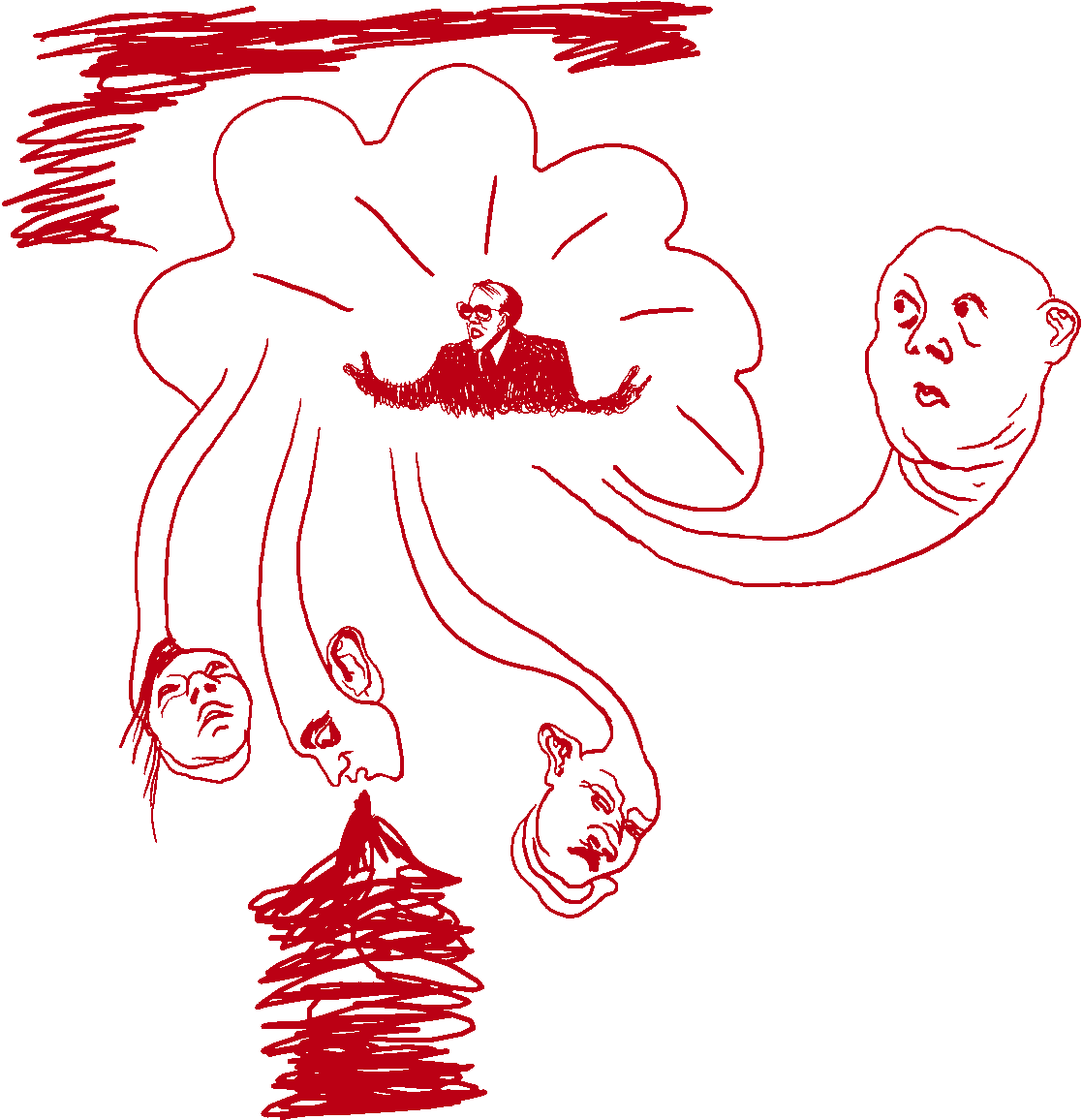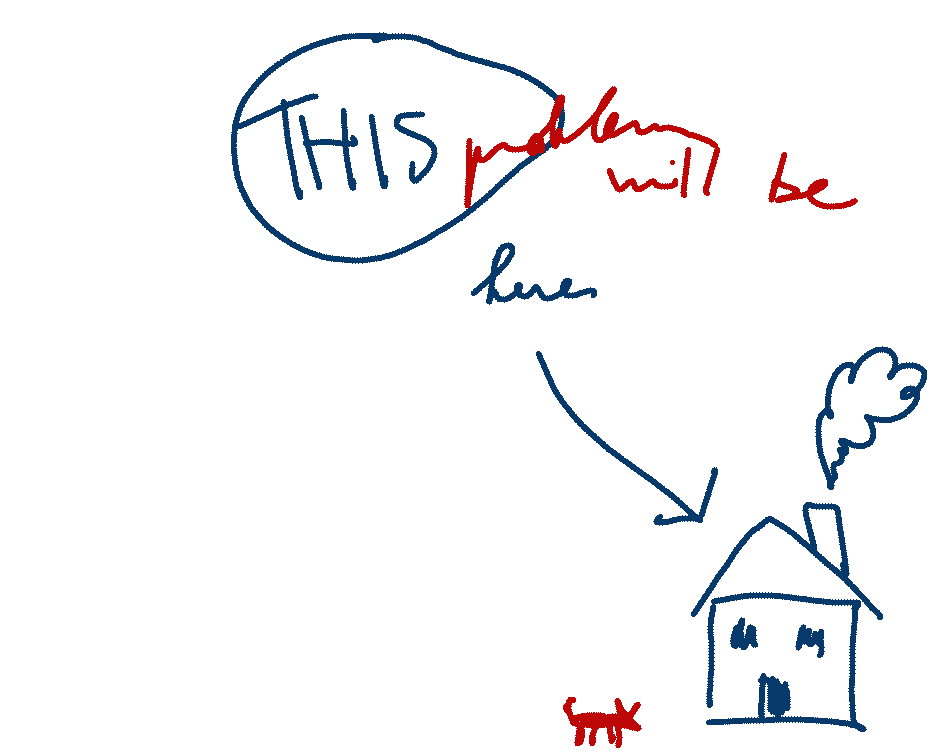
This McDonald’s in Melbourne is in an old Art Deco building that used to house a pub. It is one of the many unique McDonald’s that Gary He photographed for his book “McAtlas.”
A photographer visited McDonald’s in more than 55 countries. Here’s what he found
Photographs by Gary He
Story by Lilit Marcus, CNN
Published January 25, 2025
This McDonald’s in Melbourne is in an old Art Deco building that used to house a pub. It is one of the many unique McDonald’s that Gary He photographed for his book “McAtlas.”
“Everyone has a relationship with McDonald’s,” says Gary He.
Including him.
He didn’t set out to write a book about McDonald’s. And, even now, the James Beard Award-winning photographer still says that “McAtlas” — his book about McDonald’s — is not a book about McDonald’s.



Rather, it’s “a visual social anthropology of the world's largest restaurant chain,” says He, a native New Yorker who spent years traveling to hundreds of outlets of the world’s biggest fast-food chain.
“’McAtlas' is the result of my travels across six continents, 55-plus countries, photographing the menu items, the local restaurants, and just watching how locals use those spaces and what they like to eat in those McDonald's,” he says.
“I think I really didn't want this to just be a photo book. I wanted to use the photos to draw people in, people who would normally not read or even care about social anthropology and make that accessible to them via colorful photos or photos of extraordinary locations.”


Rather than analyzing McDonald’s from the perspective of a cool, detached academic, He is firstly a fan.
Upon arriving in a new city, He would go into a local McDonald’s and hang back for a bit, seeing what the most popular orders were. Then, he’d order a bunch of items himself and take them to his hotel room to lay them out and photograph them — and, eventually, eat.
He’s lifelong relationship with McDonald’s forms the spine of his story. There’s a picture of him as a child riding a Filet-O-Fish rocker in the kids’ play place at his neighborhood Mickey D’s in Brooklyn that he chose for his author photo, and he says he survived off of double cheeseburgers and chicken fajitas from the chain during his college years at New York University.

But McDonald’s, of course, is much more than a fast-food joint.
Depending who you ask, it is an avatar for capitalism at its most insidious, a master class in branding that should be studied in every business school, and a representative of Western outsiders making inroads into rural areas and pushing out local establishments.
The early 2000s were a watershed time for examining America’s relationship with fast food — McDonald’s in particular.




Eric Schlosser’s book “Fast Food Nation: The Dark Side of the All-American Meal” was published in 2001. The Morgan Spurlock documentary “Super Size Me,” where the filmmaker vowed to eat nothing but McDonald’s foods for 30 days and document how it affected his health, came out in 2004.
Both led to major changes at fast-food brands, like the introduction of cheap salads alongside the burgers and fries.
But He points out that McDonald’s didn’t become a global powerhouse by only imposing American tastes on the rest of the world.



“The American chain is now the mechanism upon which these other countries’ cultural items are being disseminated around the world and how people are discovering and eating it. That can't be discounted.”
The chain likes to incorporate local flavors and ingredients onto its menu, from McGyros in Greece to McBaguettes in France.
“You don't build the largest restaurant chain in the world off the back of tourists,” says He. “It's the locals and what they need and want.”

One example is the McSpaghetti in the Philippines. One of the country’s most popular meals is spaghetti with banana ketchup, and McDonald’s knew that if they wanted to compete with local Filipino fast-food establishments, it would have to make a version of the spaghetti itself.
Meanwhile, the McArabia, commonly found in McDonald’s outlets across the Middle East, is a mass-produced version of the chicken pita sandwich many observant Muslims like to eat to break their Ramadan fasts.
In India, there are a wealth of vegetarian options to cater to the many non-meat-eating locals, and Australia’s McDonald’s have sourced their coffee from some of the same producers as the upscale cafes where residents get their flat whites.




He believes that the egg bulgogi burger in South Korea McDonald’s is the most delicious menu item in the world.
Although “McAtlas” is a kind of love letter, it wasn’t one received by its recipient.
He says that despite numerous attempts to contact McDonald’s corporate offices, the brand wasn’t interested in being involved with the book project.
“McDonald's has not authorized or associated with this project at all. They didn't fund it. Nothing. This is an independent work of journalism,” he says.



Due to the independent nature of the project, He spent several years working on it off and on, returning to New York to take on other work in order to be able to fund his travels.
And although the book is completed and published, he isn’t sure it will ever really be done.
“McDonald's is (an) ever-changing, ever-evolving restaurant. Even in the course of the time that I've been working on this project, major things have happened to McDonald's around the world,” He said.
“McDonald's has always been a part of my life. And it's an honor and a joy to be able to see what role McDonald's plays in other people's lives around the world.”

Gary He’s “McAtlas” is now available.




